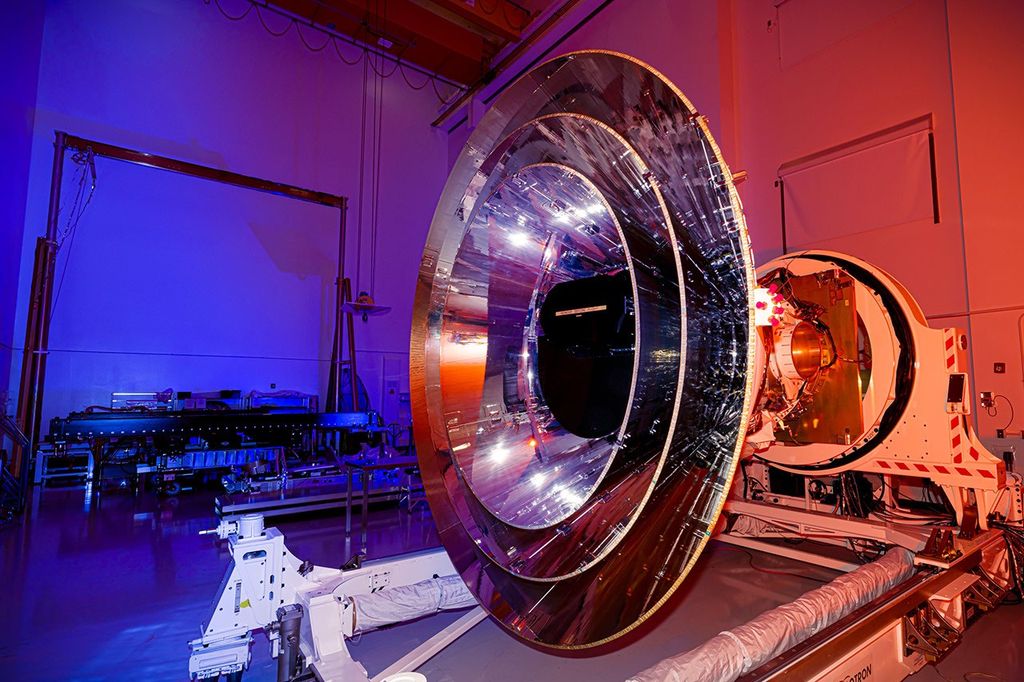An international team of astronomers using data from the Japan-led Suzaku X-ray observatory has developed a powerful technique for analyzing supernova remnants, the expanding clouds of debris left behind when stars explode. The method provides scientists with a way to quickly identify the type of explosion and offers insights into the environment surrounding the star before its destruction.
“Supernovae imprint their remnants with X-ray evidence that reveals the nature of the explosion and its surroundings,” said lead researcher Hiroya Yamaguchi, an astrophysicist at NASA’s Goddard Space Flight Center in Greenbelt, Maryland. “Thanks to Suzaku, we are now learning how to interpret these signals.”

The technique involves observing specific X-ray emissions from iron atoms in the core of supernova remnants. Even after thousands of years, these atoms remain extremely hot, stripped of most of the 26 electrons that accompany iron atoms under normal conditions on Earth. The metal is formed in the centers of shattered stars toward the end of their energy-producing lives and in their explosive demise, which makes it a key witness to stellar death.
“Because Suzaku has a better sensitivity to iron emission lines than any other X-ray mission, it’s the ideal tool for investigating supernova remnants at these energies,” said Robert Petre, chief of Goddard’s X-ray Astrophysics Laboratory and a member of the study team. Suzaku was launched into Earth orbit in 2005, the fifth in a series of Japanese X-ray astronomy satellites. It was developed and is operated cooperatively by the United States and Japan.
Astronomers estimate that a supernova occurs once or twice a century in our home galaxy, the Milky Way. Each time, a blast wave and a shell of hot stellar debris expands rapidly away from the detonation, creating a supernova remnant that can be detected for tens of thousands of years. The expanding cloud slows over time as it mixes with interstellar gas and eventually becomes indistinguishable from it.
Supernovae fall into two broad classes based on the triggering event. Those called core-collapse supernovae occur in stars born with more than eight times the sun’s mass when they undergo a terminal energy crisis, collapse under their own weight and explode.
The other variety, known as type Ia supernovae, involves the total destruction of a white dwarf, a compact remnant produced by stars like the sun. Although stable on their own, white dwarfs can undergo runaway thermonuclear explosions when paired with other objects in binary systems. This occurs either by merging with a companion white dwarf or, when partnered with a normal star, by stealing gas from its consort until the dwarf’s mass approaches a stability limit.
Type Ia supernovae are so bright they can be detected across the observable universe. Moreover, each of these stellar bombs releases a very similar amount of energy, which provides a valuable check on other measures of their distances. For example, studies of type Ia supernovae led astronomers to discover that the expansion of our universe is accelerating.
“One of our major challenges in studying supernova remnants is that as they expand into space and mix with interstellar gas, crucial information about the explosion becomes increasingly dilute and difficult to measure,” said Carles Badenes, a team member at the University of Pittsburgh in Pennsylvania. “Sometimes, even the most fundamental property of a supernova remnant — whether it came from a type Ia or a core-collapse explosion — can be controversial.”
By using Suzaku to home in on X-ray emissions from iron atoms, the researchers have found a new way to discriminate between supernova types. After studying 23 well-known supernova remnants in the Milky Way and in a nearby satellite galaxy called the Large Magellanic Cloud, they identified a clear pattern in the peak X-ray emission of the so-called iron K-alpha line, which is produced when electrons drop to the K shell, a lower-energy level in the iron atom.
In this light, remnants produced by core-collapse supernovae possess noticeably higher iron temperatures than type Ia supernovae, with a distinct dividing line at a peak energy of about 6,550 electron volts. (For comparison, the energy of visible light is roughly between 2 and 3 electron volts.) Hotter than this, and the remnant was formed by a core-collapse supernova; cooler, and it was made by a type Ia explosion. The technique provides a clear and rapid means of classifying supernova remnants.
Writing in the April 20 edition of The Astrophysical Journal, the authors explain this divergence in terms of a star’s pre-explosion environment. Stars produce outflows of gas — called stellar winds — throughout their energy-producing lives, with the strongest created by massive stars. When such a star explodes, its expanding debris interacts with previous outflows, reaching higher temperatures and imprinting the remnant with more highly ionized iron atoms. Lower-mass stars, which produce white dwarfs, have less intense stellar winds, so type Ia supernovae explode into a cleaner environment. By interacting with less circumstellar material, type Ia remnants don’t heat up as much and therefore contain cooler, less ionized iron atoms.
Supernova remnants therefore retain a memory of their surroundings, allowing astronomers to probe the pre-explosion environment of core-collapse supernovae out to several light-years. By allowing astronomers to measure the amount of circumstellar material around both type Ia and core-collapse supernovae, the new technique will help researchers narrow down specific scenarios leading to each star’s destruction, knowledge that will help test and refine their understanding of how stars evolve.
The full potential of the new method, the scientists write, will be realized with larger samples of higher-quality data expected from upcoming X-ray missions such as Astro-H, scheduled to launch in late 2015. Studying large samples of X-ray-emitting supernova remnants in nearby galaxies will dramatically increase our understanding of both classes of stellar explosion.
Related Links:
By Francis Reddy
NASA’s Goddard Space Flight Center, Greenbelt, Md.



























